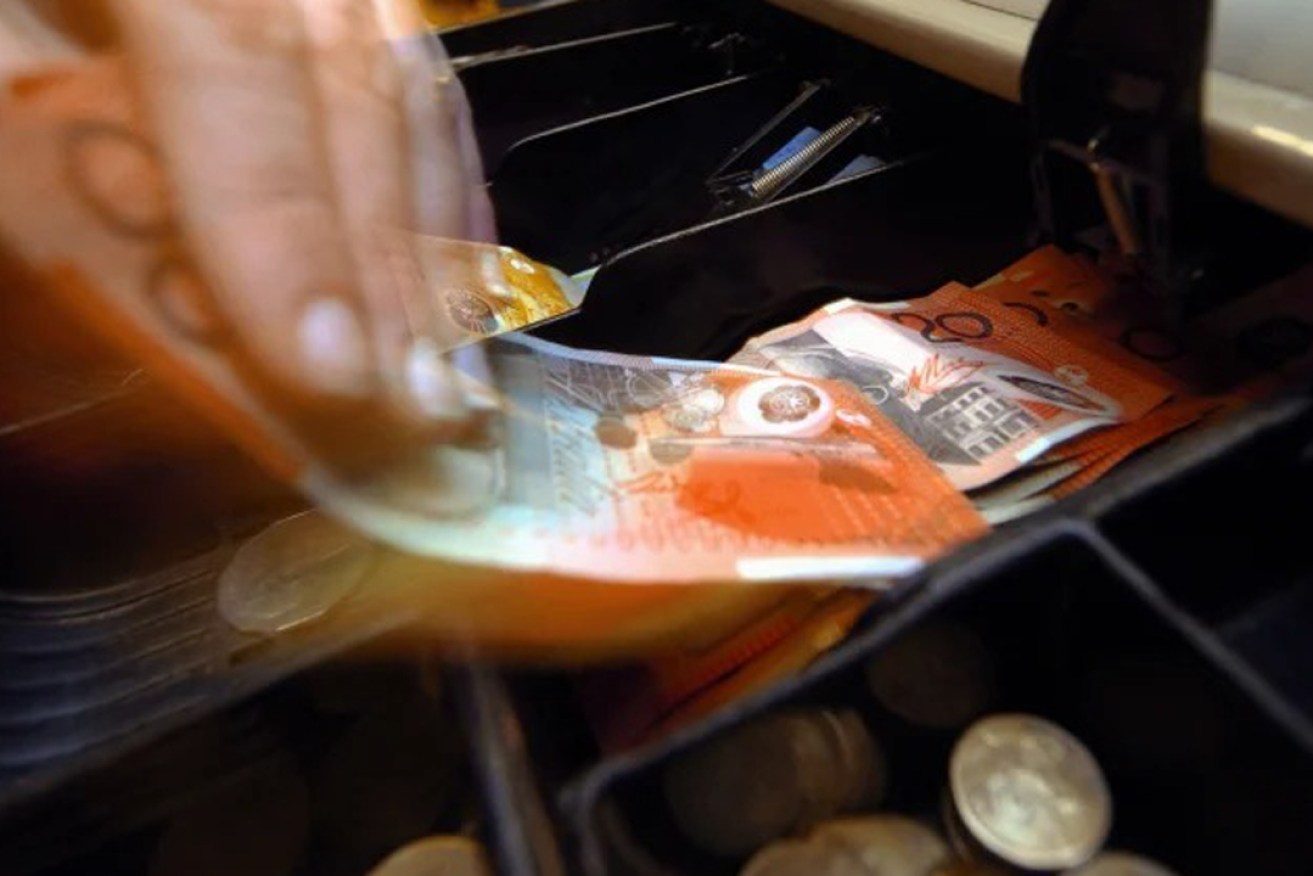Inflation set to hit worst rate since 1990
Australia is expected to record its worst inflation outcome in more than 31 years this morning, paving the way for further interest rate increases from next week.

The Australian Bureau of Statistics will today release the consumer price index data for the June quarter – when the price of a supermarket iceberg lettuce hit $10.
The financial market consensus is for a headline annual inflation rate of 6.2 per cent – the highest since the December quarter of 1990.
That would be more than the 5.1 per cent rate logged in the March quarter, which was the fastest pace of annual price growth in 21 years.
“Since then, inflation has likely broadened and deepened,” St George chief economist Besa Deda said.
The quarterly outcome is forecast at 1.8 per cent, which would be slightly lower than the 2.1 per cent recorded in the previous quarter.
But the range of economists’ forecasts for the quarterly number is wide – between 1.6 per cent and 2.8 per cent – signalling uncertainty about how deeply entrenched price pressures have become since March.
While the main drivers of inflation in the June quarter will again be fuel and food costs, housing and building costs are also likely to be strong – perhaps as high as 20 per cent year-on-year, according to JP Morgan economists.
Other factors are adding to the pressure, particularly in the housing sector where rents are rising and demand for new homes and related construction services and products remains strong.
Inflation is rising all over the world following the outbreak of war in Ukraine on the back of rising commodity and fuel prices.
This in turn is hitting the costs needed to manufacture goods and transport them to their final destinations.
Adding in labour market constraints in Australia due to a very low unemployment rate of 3.5 per cent and upward pressure on wages, many businesses have had no choice but to raise prices.
In spite of the global pressures, domestic consumer demand is still relatively high, particularly for services in a post-lockdown world.
Just when inflation might come down again is unclear.
“One of the things we need to … recognise is this is the first time in history we’ve had this sort of situation,” Australian Food and Grocery Council CEO Tanya Barden said on Tuesday ahead of the data.
“Normally economic theory is quite a good sort of predictor of the future but in this situation, the (economic) uncertainty is just so unique that I don’t think that economic theory is necessarily able to explain all of what we’re seeing.”
Barden said she wouldn’t be surprised if the annual inflation rate for the June quarter comes in closer to seven per cent.
Once the inflation data is known, all eyes will be on the central bank and its August 2 meeting to discuss lifting the 1.35 per cent cash interest rate.
“The Reserve Bank of Australia is pressing on with its most aggressive tightening cycle in history, and the June-quarter inflation print will likely cement in a hike of at least another 50 basis points for August,” according to Moody’s Analytics.
Westpac economists think the central bank will steadily lift the cash rate to 3.35 per cent by February 2023.
And therein lies the bad news for variable mortgage rate loan holders and borrowers.
– AAP




